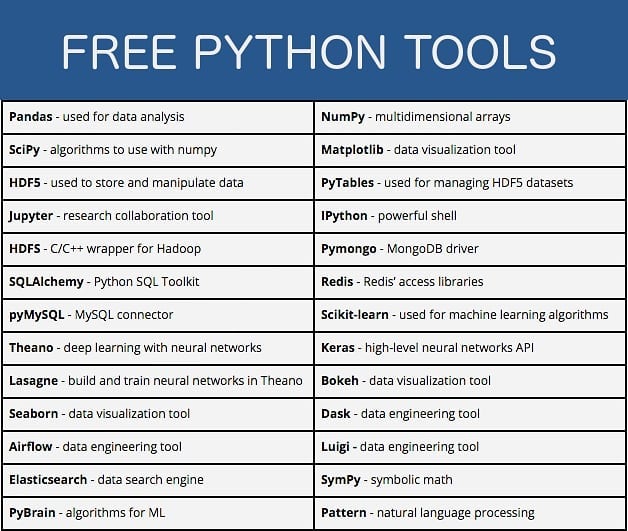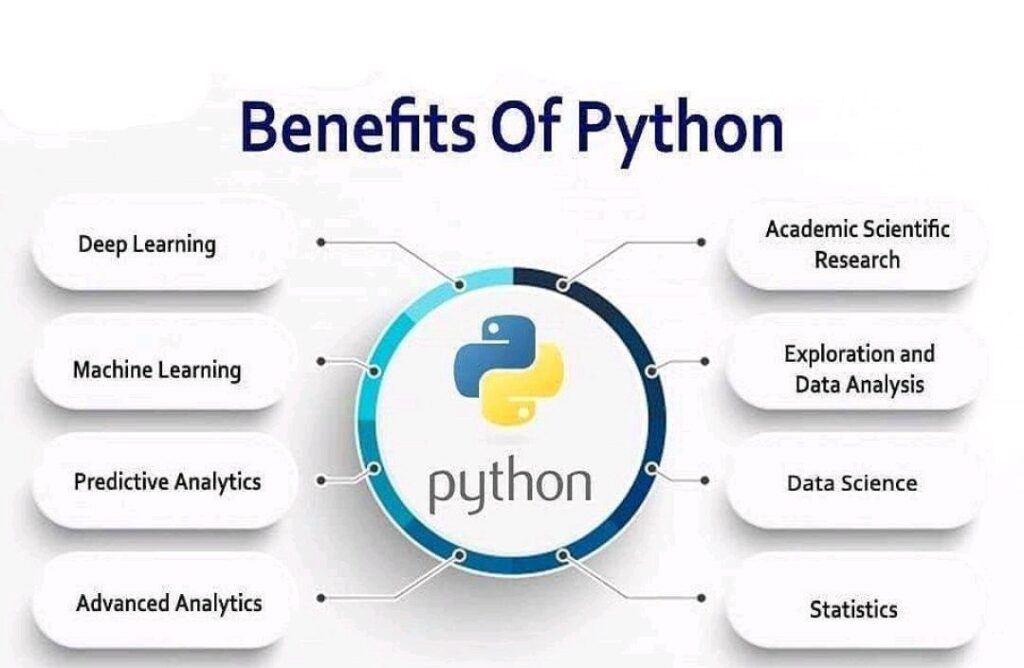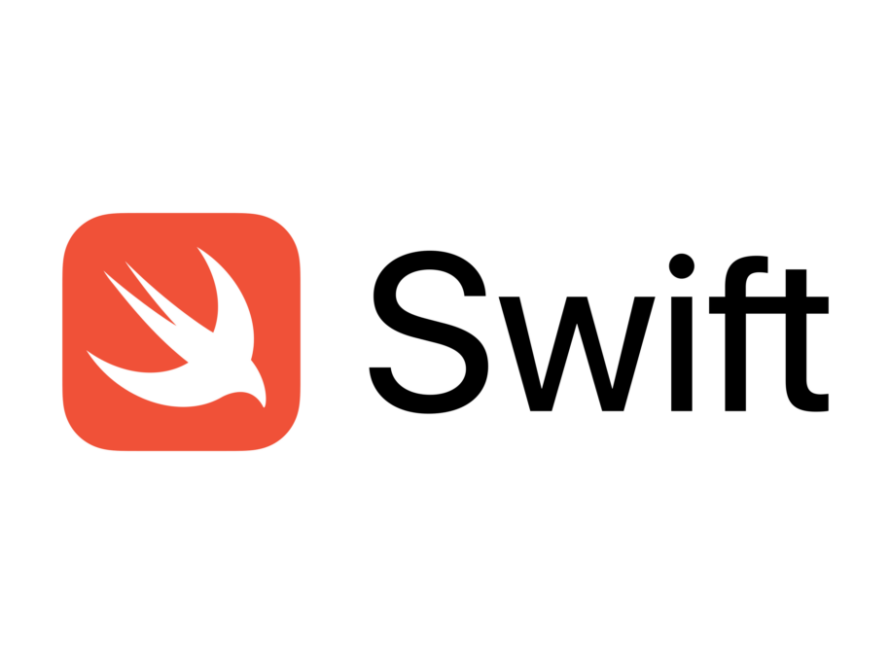Table of Contents

Introduction
Python is a high-level, interpreted programming language that is easy to learn and use, making it a great choice for both beginners and experienced developers. This versatile language is widely used in many industries, including web development, data analysis, scientific computing, and artificial intelligence.
Beginner-Friendly
Python has a simple, intuitive syntax that makes it easy for beginners to get started with programming. The language is designed to be highly readable, with a focus on clear and concise code, which makes it easy for beginners to understand. In addition, the large and active community of Python developers provides a wealth of resources, including tutorials, online courses, and forums, to help beginners get started.
Versatile
Python is a highly versatile language that can be used for a wide range of applications, from web development and data analysis to scientific computing and artificial intelligence. The language has a large standard library that provides a wide range of tools and libraries to help developers build their applications, including libraries for web development, data analysis, machine learning, and more.
History
Python is a high-level, interpreted programming language that has become widely used and highly regarded by developers and organizations around the world. But how did Python come to be, and what has driven its popularity and success? In this article, we’ll take a look at the history of Python, from its humble beginnings to its widespread adoption today.
The Beginnings
Python was created in the late 1980s by Guido van Rossum, who was working at the National Research Institute for Mathematics and Computer Science in the Netherlands at the time. Van Rossum was looking for a new project to work on, and he was inspired by the ABC language, which was designed to be easy to learn and use.
Van Rossum started working on Python in December 1989, and the first version of the language, Python 0.9.0, was released in February 1991. This early version of Python was very similar to the ABC language, and it was designed to be easy to learn and use, with a focus on readability and simplicity.
Python 1.0
Python 1.0 was released in January 1994, and it was a major milestone for the language. This version of Python included many new features and improvements, including a module system that made it easy to reuse code and a standard library that provided a wide range of tools and libraries for developers.
Python 2.0
Python 2.0 was released in October 2000, and it included many new features and improvements over the previous version of the language. This version of Python added support for Unicode, which made it easier to work with internationalized text, and it also added support for new data types, such as sets and dictionaries.
Python 3.0
Python 3.0 was released in December 2008, and it was a major overhaul of the language. This version of Python introduced many new features and changes, including improved support for Unicode, better error handling, and improved performance. In addition, Python 3.0 introduced a number of changes to the syntax of the language, which made it more consistent and easier to use.
Growth and Popularity
Since its release, Python has grown in popularity and is now widely used by developers and organizations around the world. The language has been adopted by many organizations in a wide range of industries, including web development, data analysis, scientific computing, and artificial intelligence.
One of the reasons for Python’s popularity is its ease of use. The language is designed to be highly readable and intuitive, with a focus on clear and concise code, which makes it easy for developers to get started with the language. In addition, the large and active community of Python developers provides a wealth of resources, including tutorials, online courses, and forums, to help developers get started.
Another reason for Python’s popularity is its versatility. The language is highly flexible and can be used for a wide range of applications, from web development and data analysis to scientific computing and artificial intelligence. The large standard library provides a wide range of tools and libraries to help developers build their applications.
Python Tools

One of the reasons for Python’s success is the wealth of tools and libraries available for the language. These tools provide a wide range of functionality, from web development and data analysis to scientific computing and gaming, and they make it easier for developers to build powerful and sophisticated applications with Python.
In this article, we’ll take a look at some of the most popular and powerful Python tools and libraries, and we’ll explore how these tools can help you unlock the full potential of the language.
NumPy and Pandas
NumPy and Pandas are two of the most popular and widely used tools for data analysis and manipulation in Python. NumPy provides support for arrays and matrices, which makes it easy to perform mathematical operations and data analysis on large datasets. Pandas is a data analysis library that provides tools for working with tabular data, including data frames and series.
With NumPy and Pandas, developers can quickly and easily perform complex data analysis operations, such as filtering and sorting data, grouping and aggregating data, and performing operations such as grouping, pivoting, and merging. These tools also provide powerful data visualization capabilities, through libraries such as Matplotlib and Seaborn, which make it easy to create charts, graphs, and other visualizations to help you understand and communicate your data.
TensorFlow and Pygame
TensorFlow and Pygame are two of the most popular tools for machine learning and gaming, respectively. TensorFlow is a machine learning framework that provides tools for building and training machine learning models, as well as tools for deploying models to production. With TensorFlow, developers can easily build and train models for tasks such as image classification, natural language processing, and more.
Pygame, on the other hand, is a library for building games in Python. It provides a range of tools for building games, including support for graphics, audio, and game logic. With Pygame, developers can easily build games for a wide range of platforms, including desktop computers, mobile devices, and the web.
Flask and Django
Flask and Django are two of the most popular web development frameworks for Python. Flask is a lightweight framework that provides a simple and flexible way to build web applications. It provides a minimal set of tools, which makes it easy to get started, but it also provides a flexible and extensible architecture that makes it easy to build complex applications.
Django, on the other hand, is a full-featured web development framework that provides a wide range of tools and functionality for building web applications. It provides tools for building dynamic websites, including support for databases, templates, forms, and more. With Django, developers can quickly and easily build powerful and sophisticated web applications, with a focus on clean and maintainable code.
Benefits

In this blog, we’ll delve into the many benefits of using Python for your business and explore why it has become such a popular choice for businesses of all sizes.
- Easy to Learn and Use
One of the biggest advantages of Python is its simplicity and ease of use. Its straightforward syntax makes it an ideal choice for beginners, as well as seasoned developers. This means that even if you’re new to programming, you’ll be able to pick up Python quickly and start developing applications in no time.
Additionally, Python’s readability and concise syntax make it easier for developers to write, maintain, and debug code, reducing the overall time and effort required to develop applications.
- Versatility
Python is a highly versatile language that can be used for a wide range of applications, including web development, scientific computing, data analysis, artificial intelligence, and more. This makes it an ideal choice for businesses that require a single language to handle multiple tasks, as it eliminates the need to learn and maintain multiple languages.
- Large Community and Extensive Library
Python has a large and active community of developers who contribute to the development of the language and its libraries. This means that the language is constantly evolving and improving, and you have access to a wealth of resources, including tutorials, libraries, and modules, to help you with your projects.
Additionally, it’s extensive library makes it easy to add new functionality to your applications. The library includes modules for web development, data science, and machine learning, among others, allowing you to save time and effort by using pre-written code.
- Ideal for Data Science and Machine Learning
Python has become the go-to language for data science and machine learning due to its simplicity, versatility, and extensive library. The language provides a wide range of tools for data analysis, visualization, and machine learning, making it easy for businesses to extract insights from their data and build intelligent applications.
- Supports Multiple Platforms and Systems
Python is a cross-platform language that can run on various operating systems, including Windows, Linux, and macOS. This means that you can develop applications on one platform and run them on another, making it an ideal choice for businesses that need to support multiple platforms and systems.
- Cost-Effective
Python is an open-source language, which means that it’s free to use and distribute. This makes it a cost-effective choice for businesses, as they can save money on licensing fees and other costs associated with proprietary software.
- Robust Security
Python is a secure language that provides features for developing secure applications. The language has been designed with security in mind, and its libraries and modules provide robust security features that help to protect against security vulnerabilities and attacks.
- High Performance
Despite its simplicity and ease of use, Python is also a high-performance language. With the ability to use C and C++ extensions, it’s provides the best of both worlds, allowing you to write high-performance code while maintaining the simplicity and ease of use of the language.
Conclusion
Python is one of the most popular and in-demand programming languages in the world, and for good reason. The versatility, simplicity, and strong community of developers and users behind the language make it a valuable asset for organizations and individuals alike.
One of the key reasons for its’s popularity is its versatility. Python is used in a wide range of industries, including finance, healthcare, education, and more. It is used for a wide range of applications, including machine learning, artificial intelligence, web development, data analysis, scientific computing, and gaming. The language is also easy to learn and use, which makes it a great choice for beginners, as well as experienced developers.
Another reason for it’s popularity is its strong community of developers and users. The community provides a wealth of resources, including libraries, packages, and forums, where developers can get help and share knowledge. This strong community is also behind the continued development and growth of the language, which means that Python will continue to evolve and improve over time.
In conclusion, Python is a powerful, versatile, and popular programming language that continues to be in high demand. With its ease of use, strong community, and wide range of applications, it is no wonder that so many organizations and individuals are choosing to use this for their projects. Whether you are a beginner or an experienced developer, there is no limit to what you can do with it, and the possibilities are truly endless.


